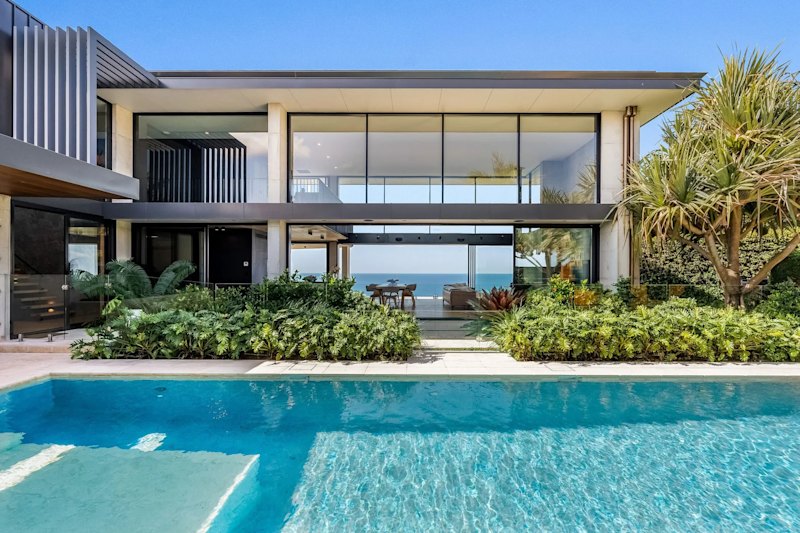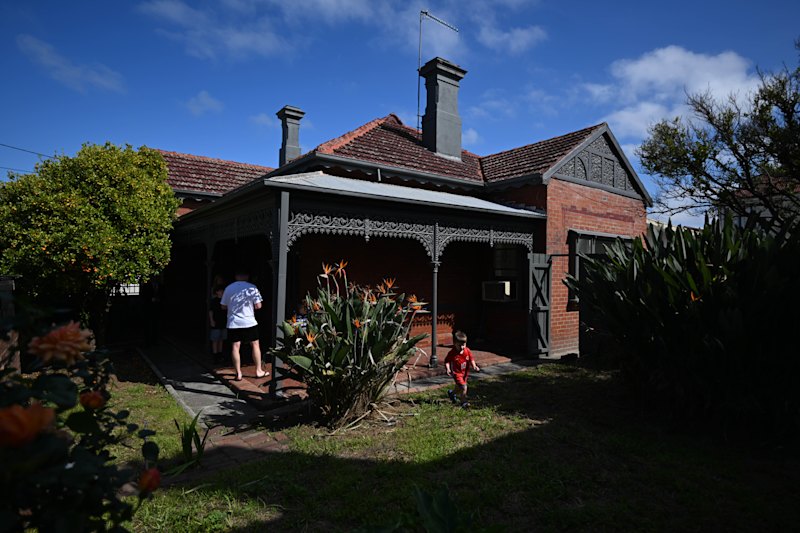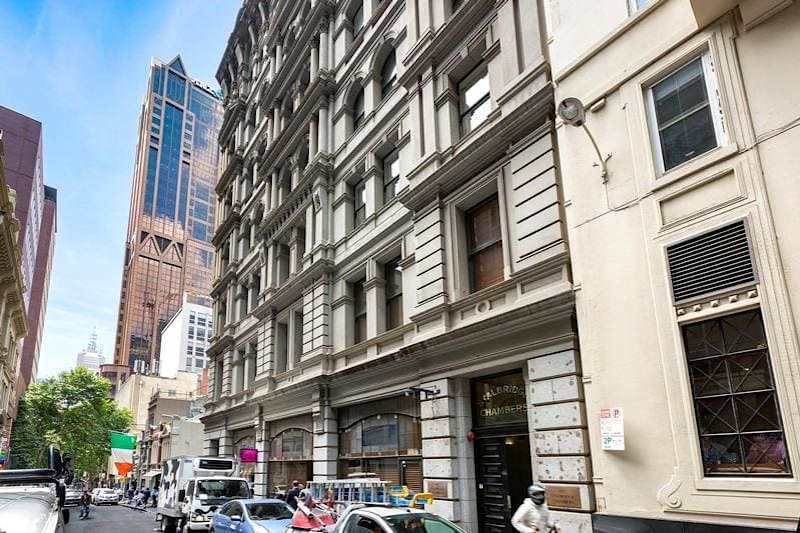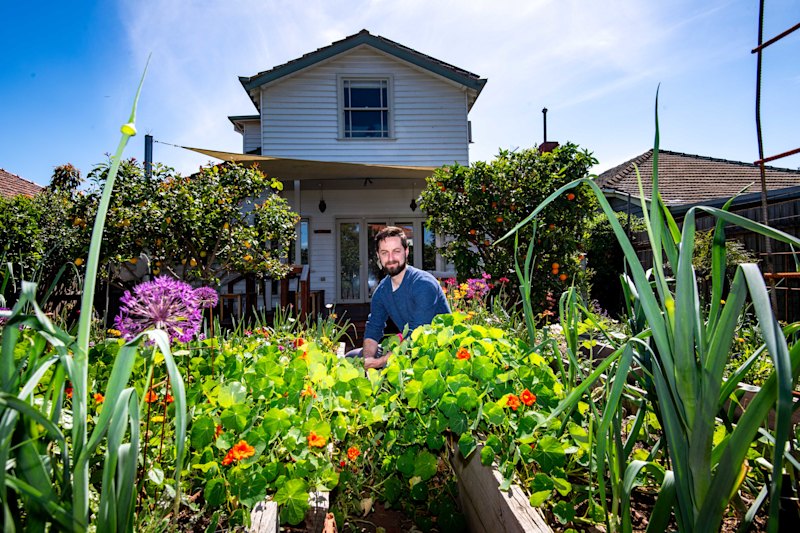Why off-the-plan investments are making a come back
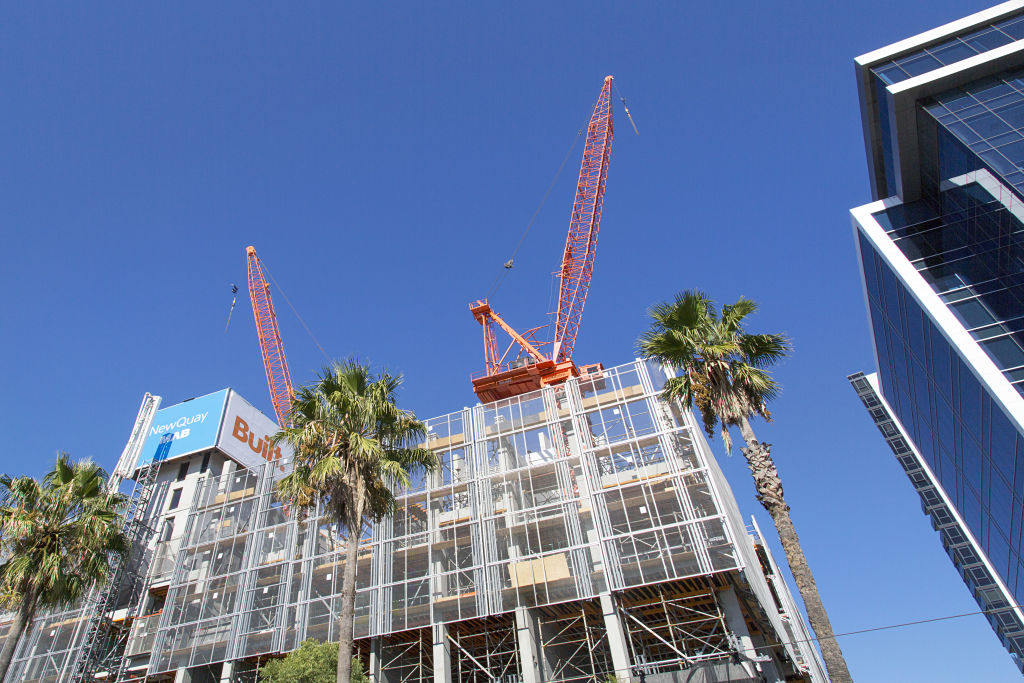
Investors are becoming much more sophisticated in how they scrutinise apartments for sale off the plan, carrying out extensive due-diligence checks on developers, builders and their sustainability credentials, says Tim Spencer, head of developments at developer Mulpha.
He is now seeing NSW investors storm back into the off-the-plan market after years of hesitancy following a series of building disasters in that state.
“They’re now looking more closely at the developer behind projects, and our biggest selling point is proving to be our longevity and continuity in development,” says Spencer, who is currently marketing the first apartments in the company’s $1 billion master-planned Norwest Quarter in Sydney’s The Hills district.
“We’ve also fielded a lot of questions about which tier-one builder we were going to appoint, while our investors are now very concerned about sustainability.
“They look at cost, negative gearing and yield as a starting point, but they’re getting a lot smarter and want to make sure what they are buying isn’t going to be old hat or B-grade by the time it’s built.”
Norwest is a zero-carbon, all-electric, energy and water-efficient complex, with solar and EV-charging.
With the exception of the penthouses, around 45 per cent of the buildings are being bought by investors.
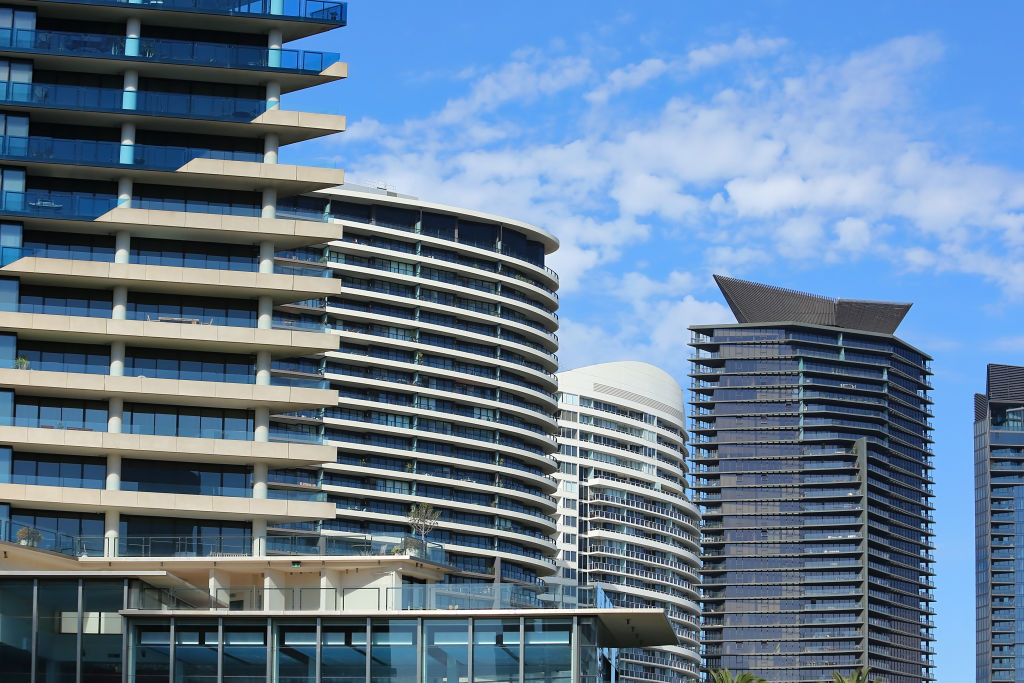
In other parts of the country, where building failures are much rarer, it’s a similar story of a fresh surge of investor interest in off-the-plan apartments. With the overseas investor market still soft, and a record gap between house and unit prices, enthusiasm is rising.
In Melbourne, Andrew Leoncelli, CBRE managing director residential projects Victoria, says the company is “very excited to see investors swing back into action in the second half of this year and we expect next year to be very strong, too”.
“Conditions will be very good for them, with that price gap, rental growth and falling vacancies,” he says. “We have independent building surveyors, so we haven’t had problems like NSW.
“In Australia 108 [Melbourne’s tallest building] around 50 per cent of the building would be investors.”
Confidence is being boosted in NSW by the series of rigorous checks performed by their Building Commissioner on projects underway, and by financial incentives.
There are a number of these available nationally, including generous depreciation schedules and, often, stamp duty concessions on new homes.
In addition, new units often fetch a rental premium.
But off-the-plan buyers still need to be careful since it’s easier to see any potential problems with existing units, with a history of records, than it is to predict those of a building yet to be finished.
“People can be too gung-ho when buying off the plan, as everything is going to be so shiny and new,” says buyers agent Michelle May, principal of her eponymous company and host of the podcast Buy Your Side.
“It’s important to ask questions, and sometimes there might not be all the answers.
“You want to know, for instance, how many other investors are buying that you’ll be in competition with to rent out and later to sell, and whether the area is earmarked for a lot of high density in the future, when supply might keep prices down.
“You have to do all the layers of due diligence and work out the pros and cons.”
We recommend
We thought you might like
States
Capital Cities
Capital Cities - Rentals
Popular Areas
Allhomes
More
